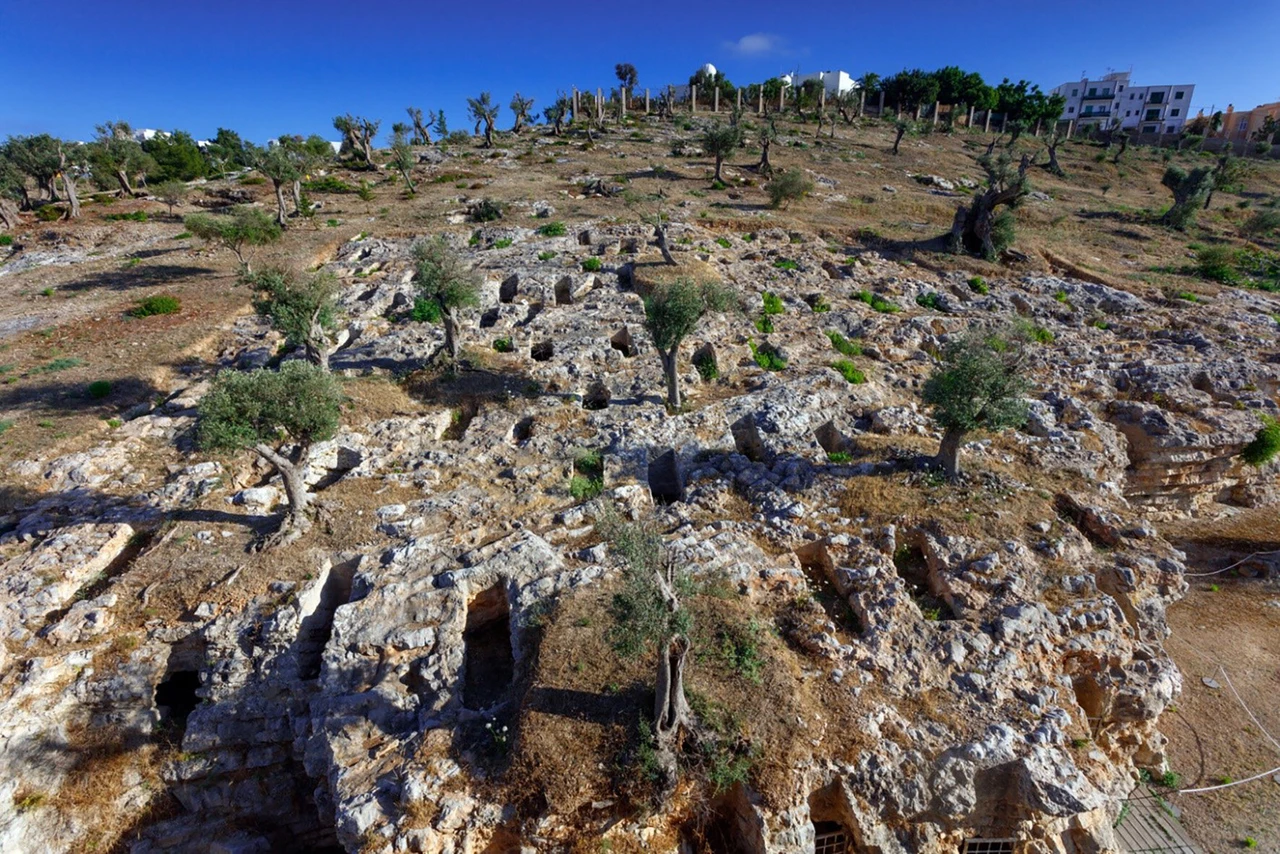Iran revives plans to relocate capital from Tehran to Persian Gulf
 Iran's current capital Tehran. (Photo via Tripadvisor)
Iran's current capital Tehran. (Photo via Tripadvisor)
Iranian President Masoud Pezeshkian has reignited discussions on relocating the nation’s capital from Tehran to a new site near the southern borders along the Persian Gulf, according to media reports.
Speaking during a visit to the Khatam al-Anbiya headquarters, an engineering firm affiliated with the Islamic Revolutionary Guard Corps (IRGC), Pezeshkian described the challenges facing Tehran as “unmanageable,” particularly from an economic standpoint.
“Whatever we do, we’re just wasting time. We have no choice but to move the country’s economic and political center to the south, closer to the sea,” Pezeshkian stated on Nov. 20.
The plan to move the capital has been a recurring topic in Iranian politics for years but has faced delays due to feasibility concerns and logistical challenges.
Mounting issues in Tehran
Tehran, home to nearly 20 million residents, is grappling with numerous structural and environmental problems.
Population growth projections indicate the city could see a 20 million increase in residents over the next three decades, placing immense pressure on urban management systems.
Air pollution remains a critical issue, with a 2022 Health Ministry report attributing 20,800 deaths nationwide to air quality problems, including 6,400 in Tehran.
Seismic risks are another pressing concern. Tehran lies in a high-risk earthquake zone surrounded by active fault lines. A 2021 statement from the city’s municipality revealed that 60% of buildings in Tehran do not meet earthquake safety standards, heightening vulnerability to a potential disaster.
Additionally, the city is sinking by an average of 25 centimeters annually, according to a 2018 study by the Iranian Construction and Housing Research Center. Satellite imagery from 2003 to 2017 showed significant land subsidence in both urban and rural areas around the city.
Water shortages exacerbate Tehran’s struggles. Experts attribute dwindling reservoirs to climate change and mismanagement, with the city consuming 25% of the nation’s drinking water despite limited supplies.
Strategic considerations
A southern location near the Persian Gulf presents potential economic and logistical advantages for a new capital. The Gulf region is home to Iran’s key oil and natural gas reserves, which could bolster economic activity. Additionally, the area’s lower seismic activity and suitability for sustainable infrastructure are significant draws.
A parliamentary approval to move the capital was secured in December 2013, with a council formed to determine an appropriate site. However, progress has remained stalled amid Iran’s persistent economic difficulties.
While the renewed interest in relocating the capital reflects mounting urgency, experts caution that Iran’s financial constraints may hinder the realization of the ambitious plan in the foreseeable future.



